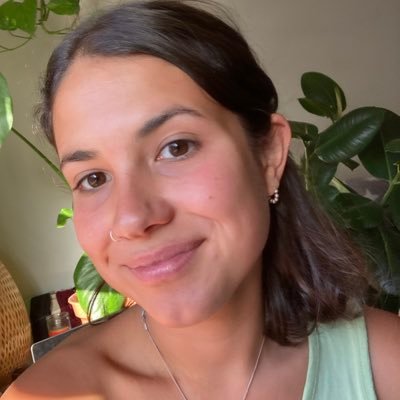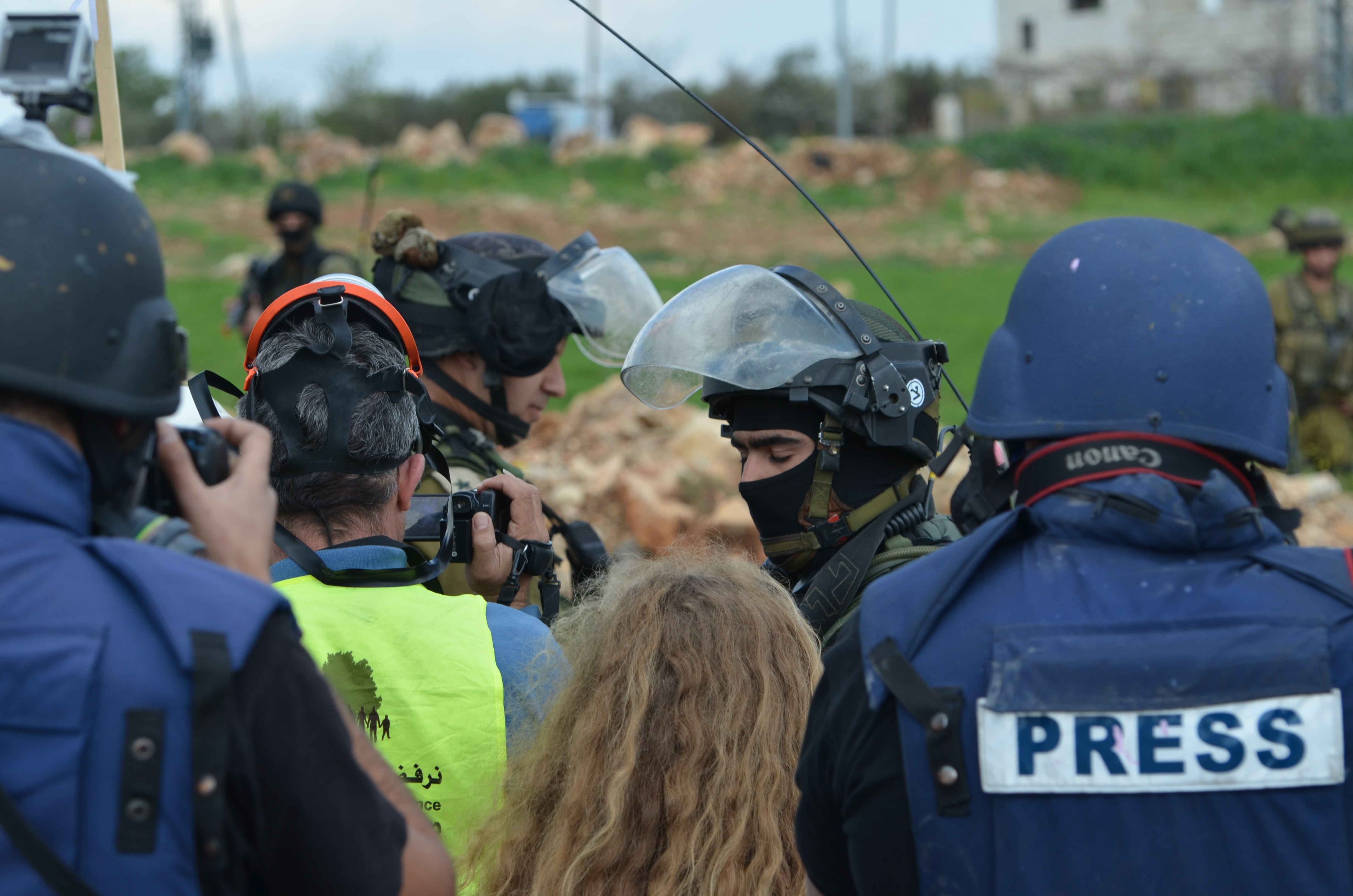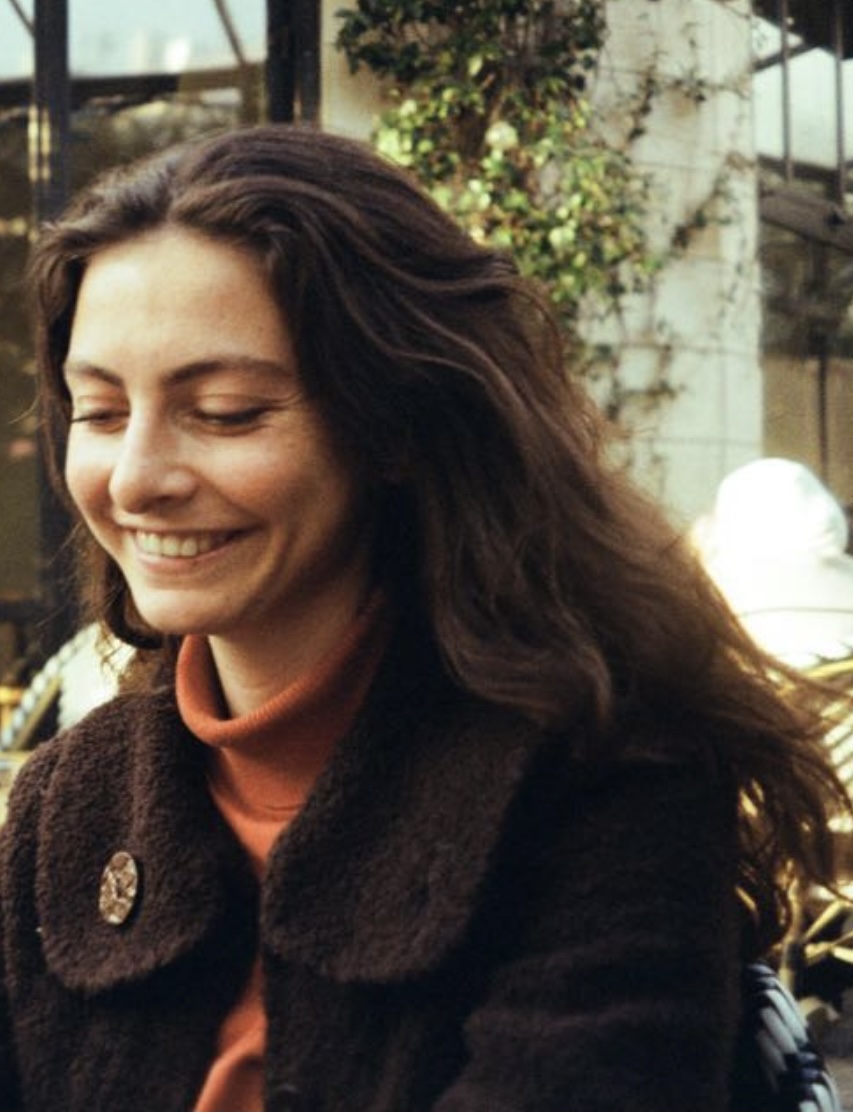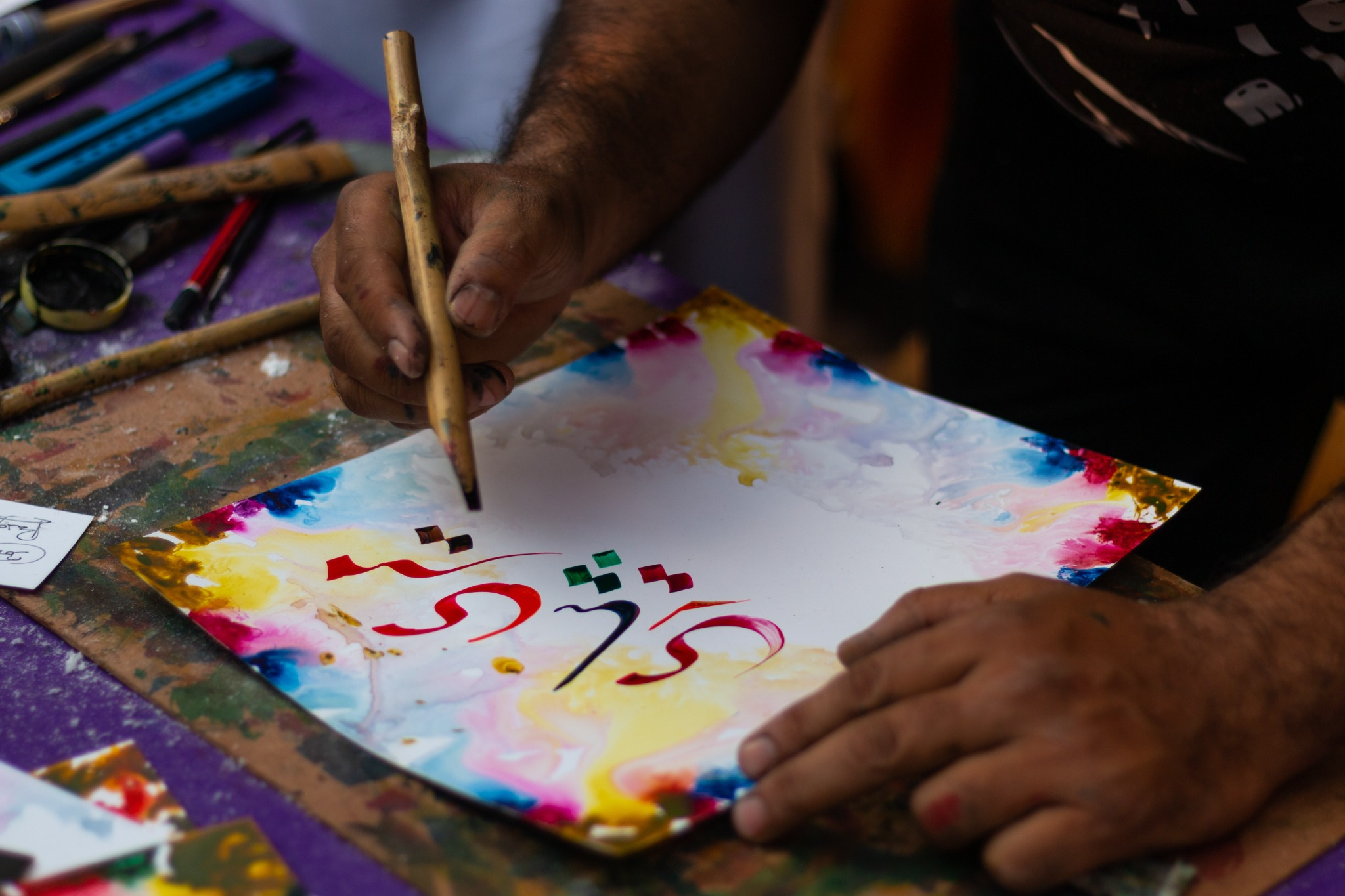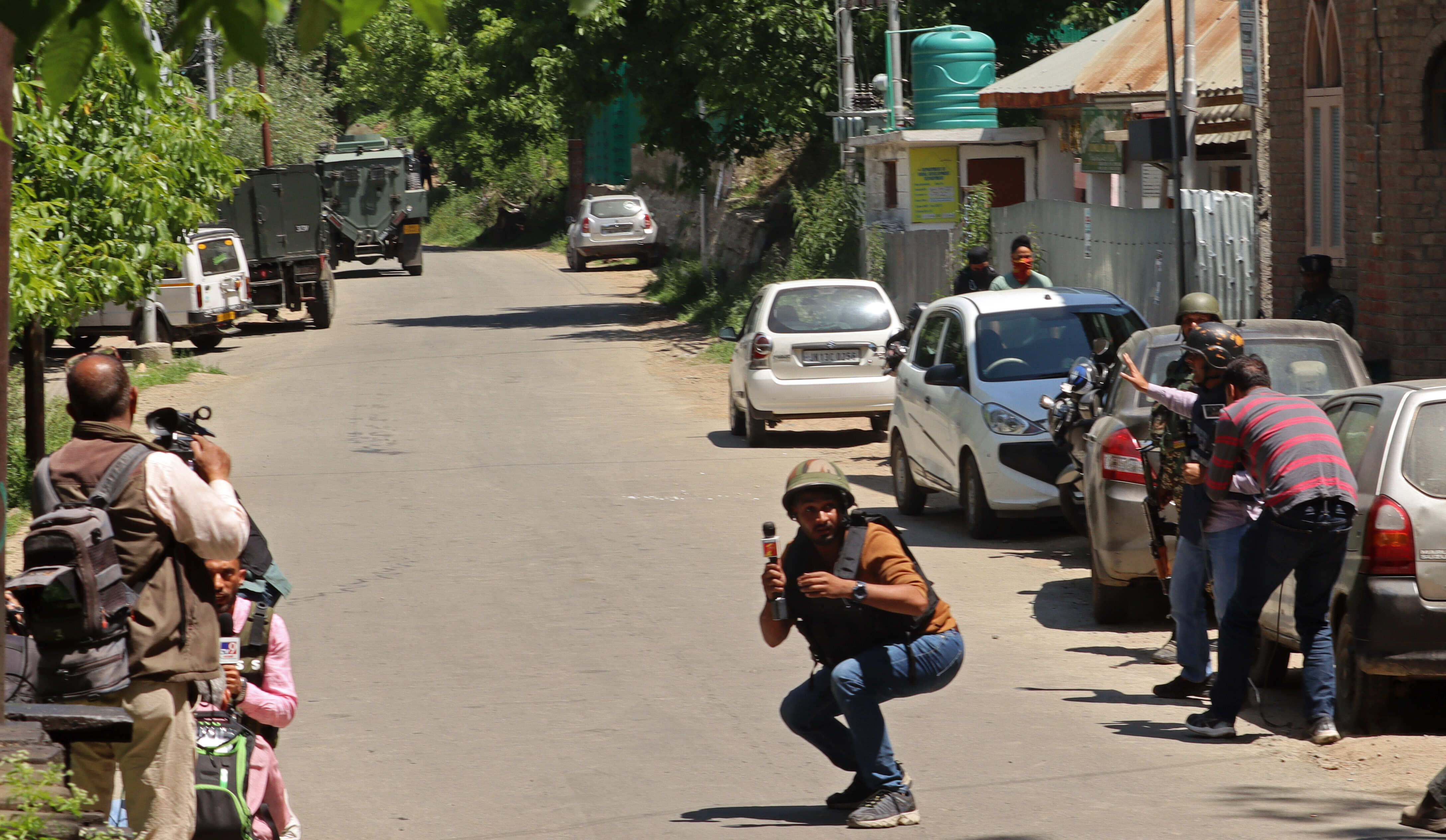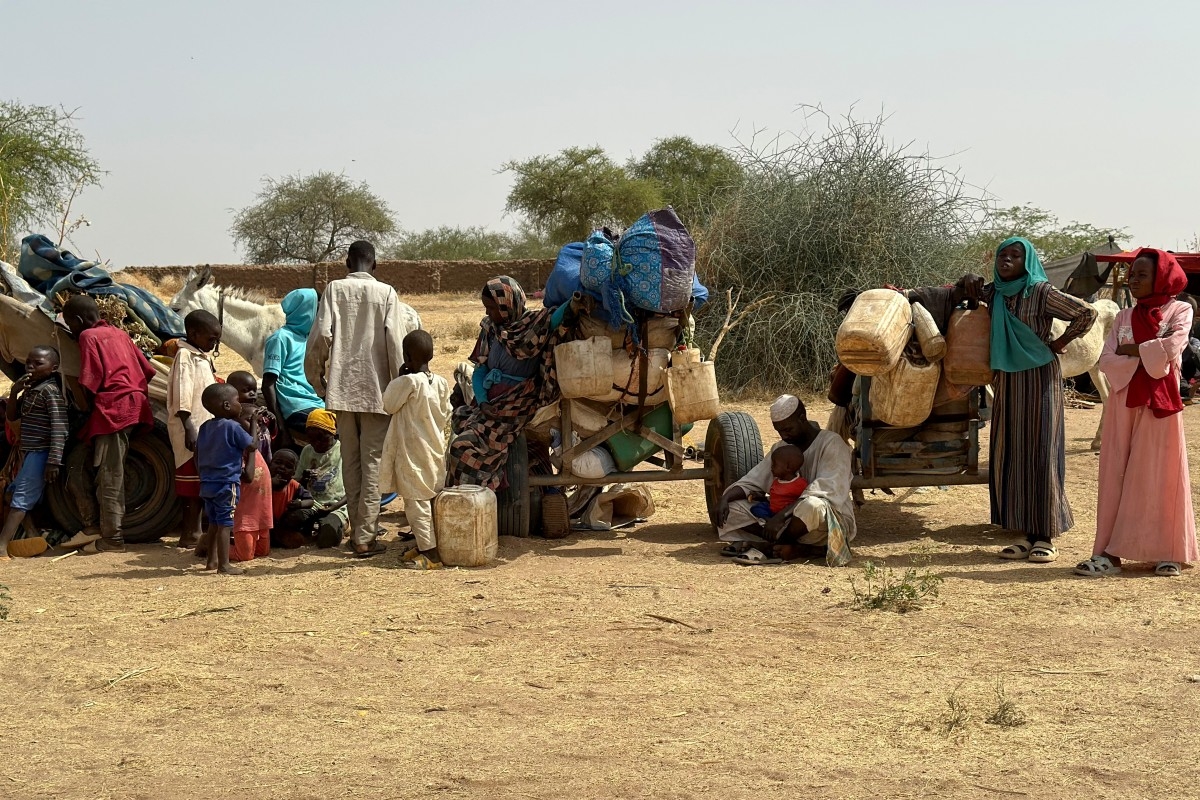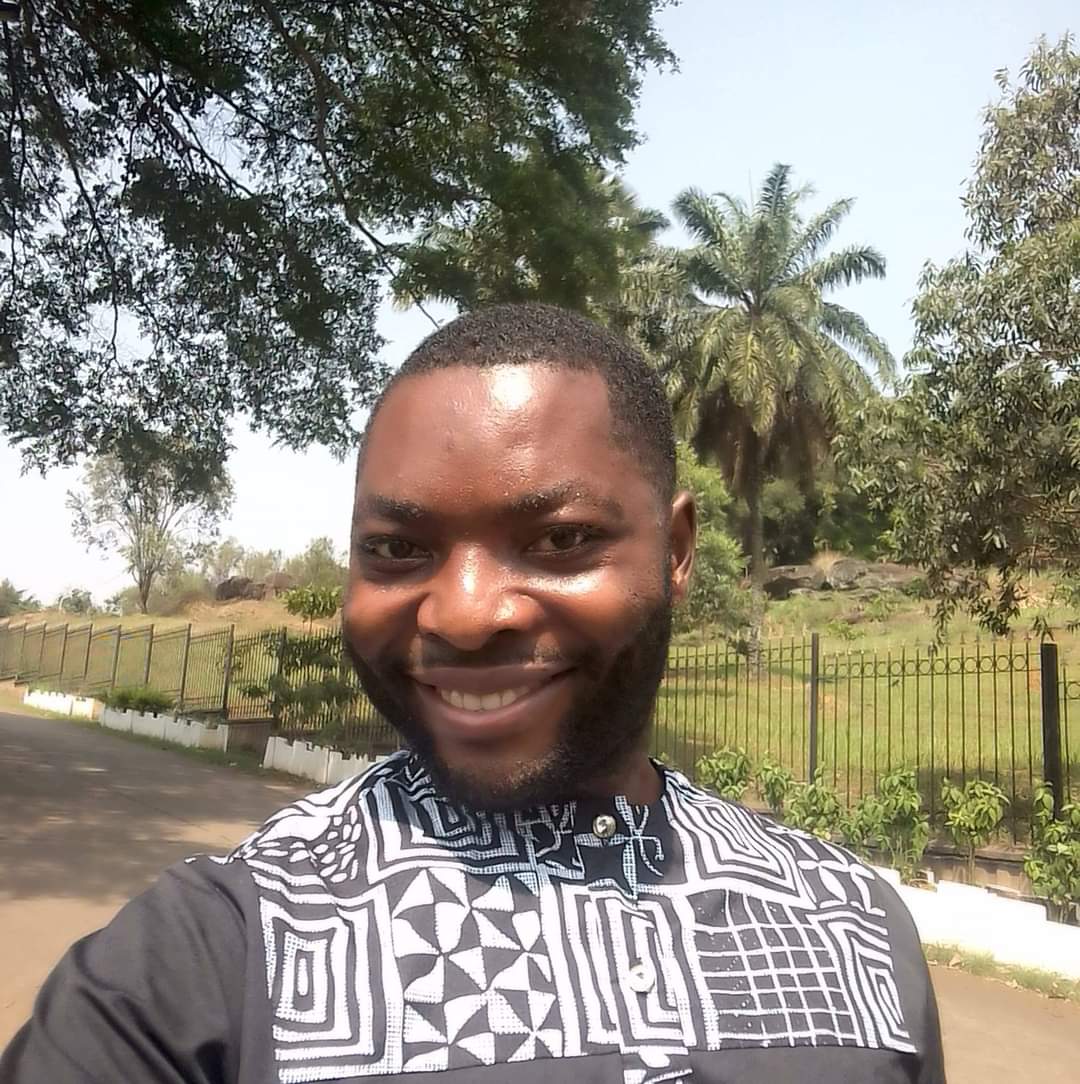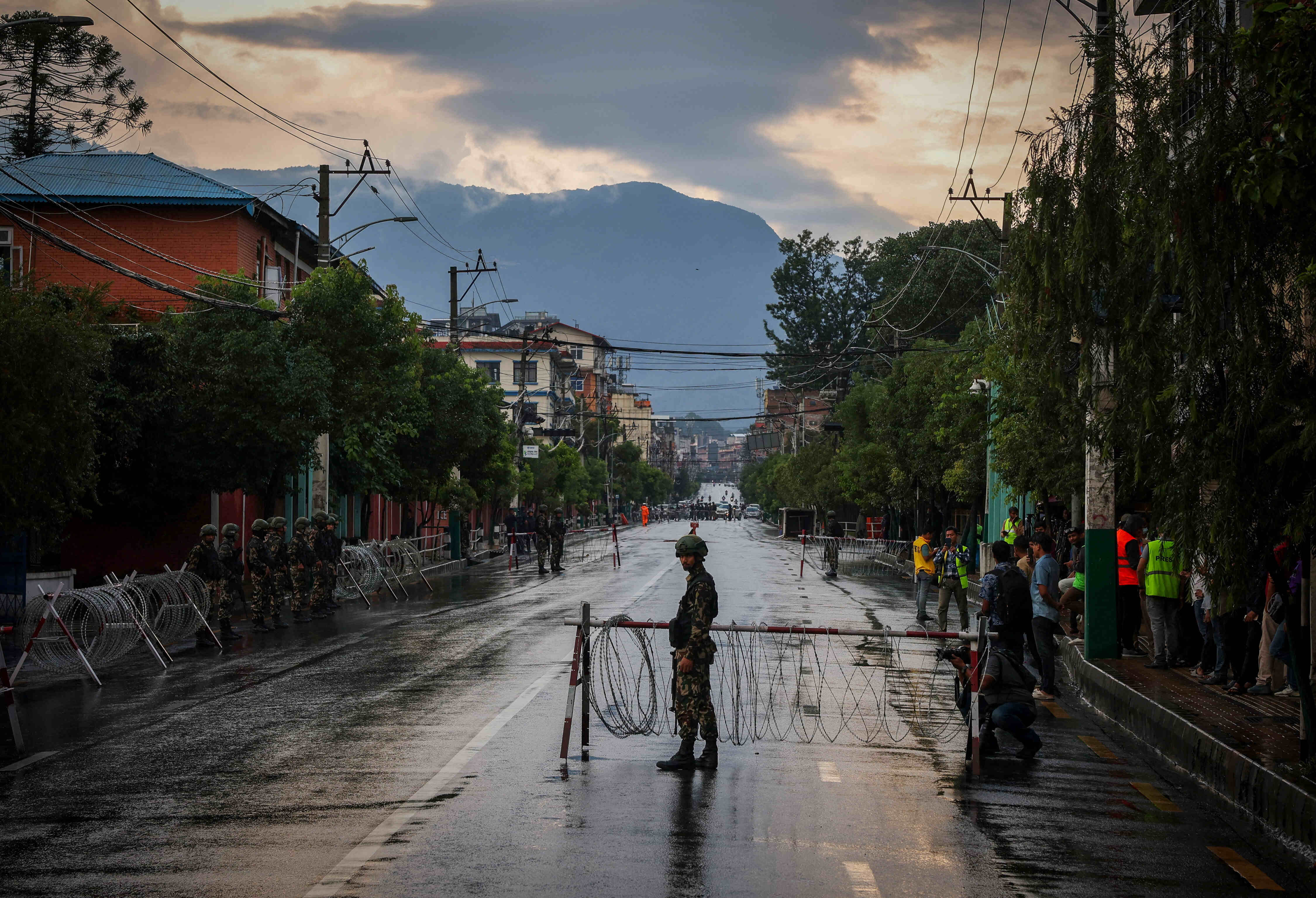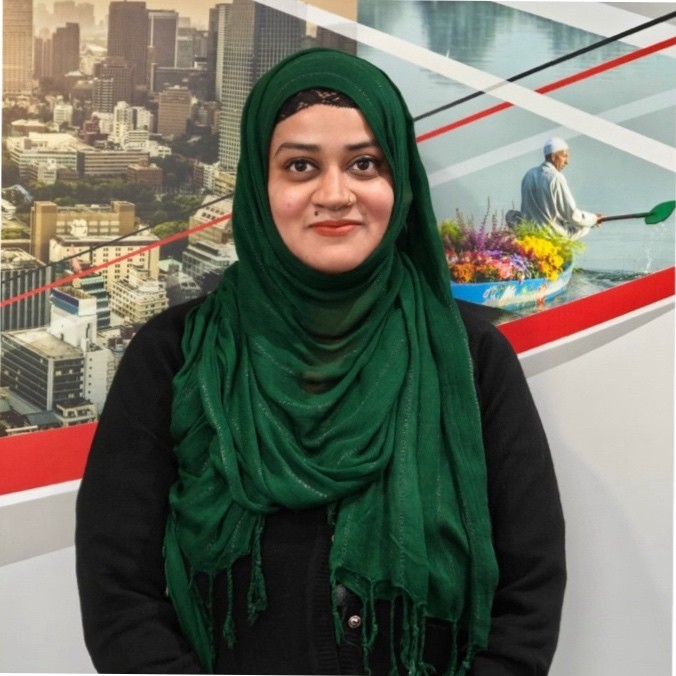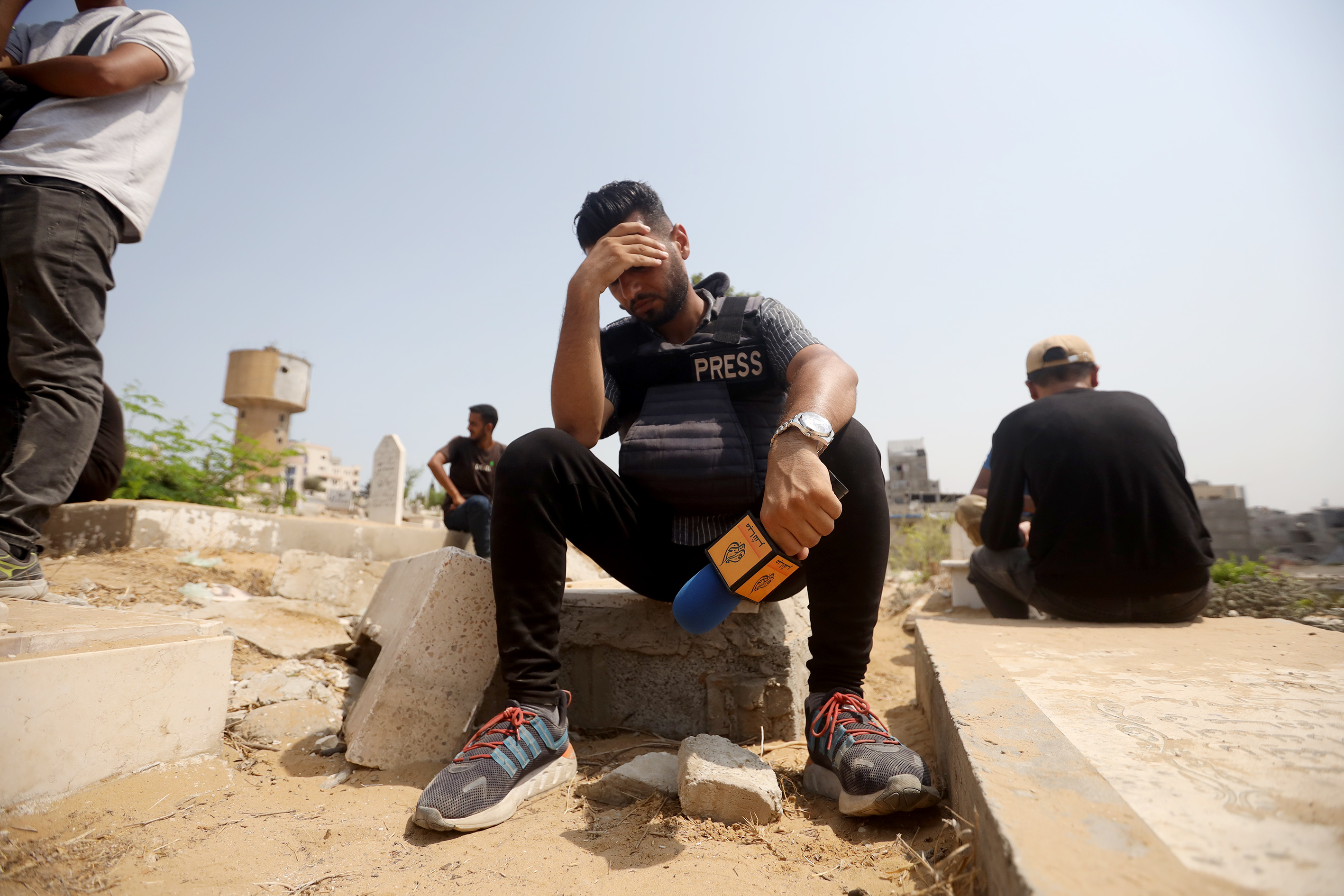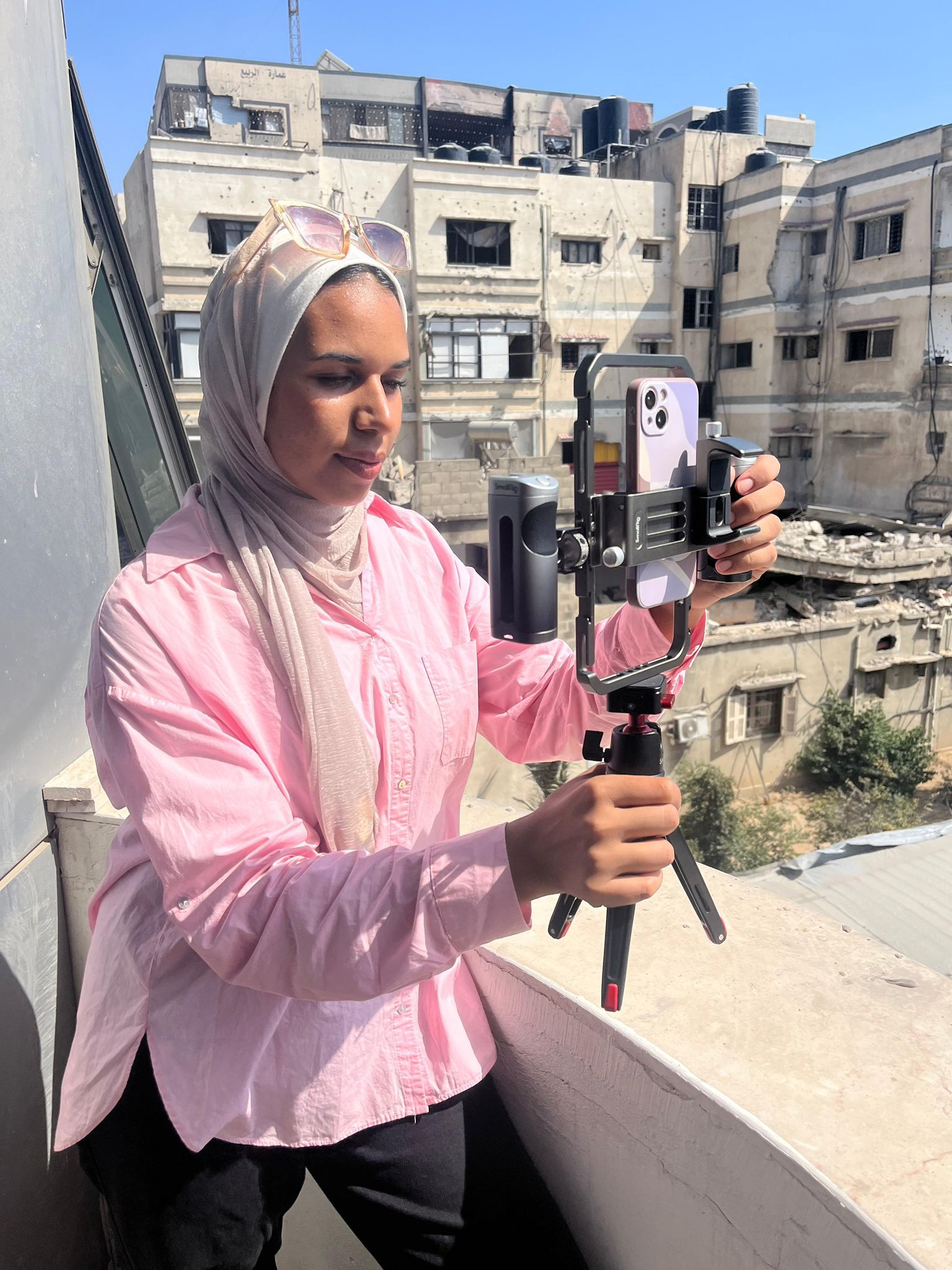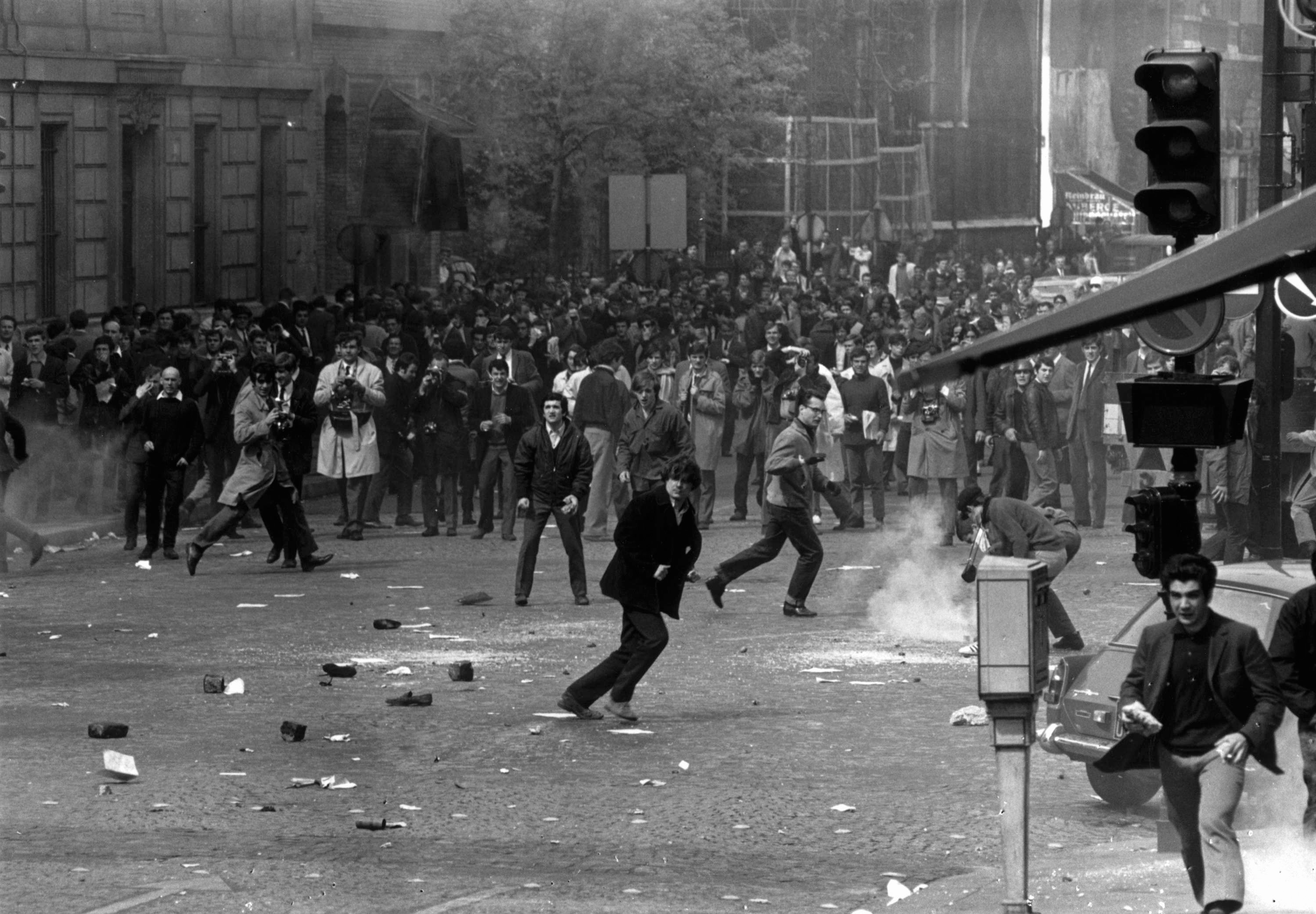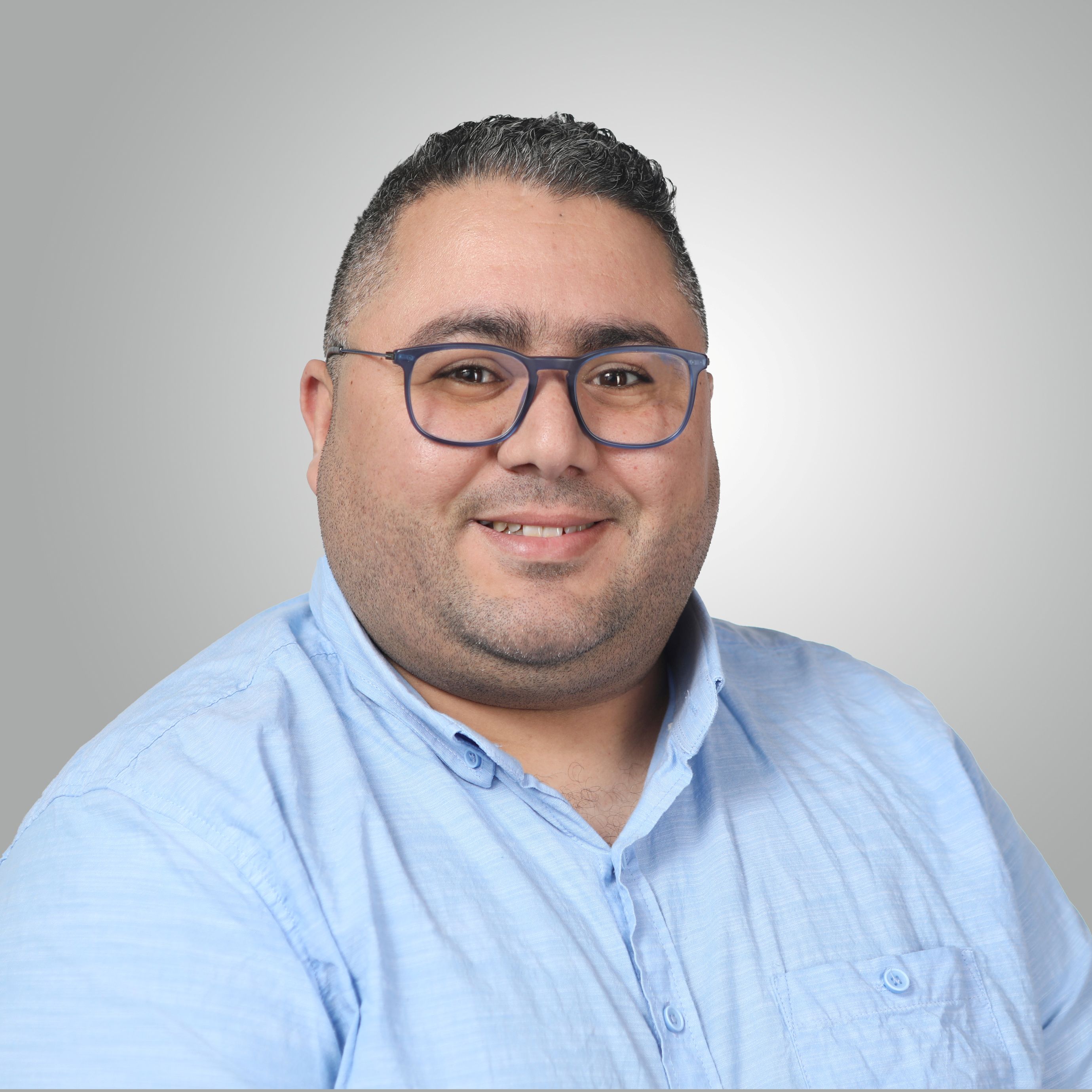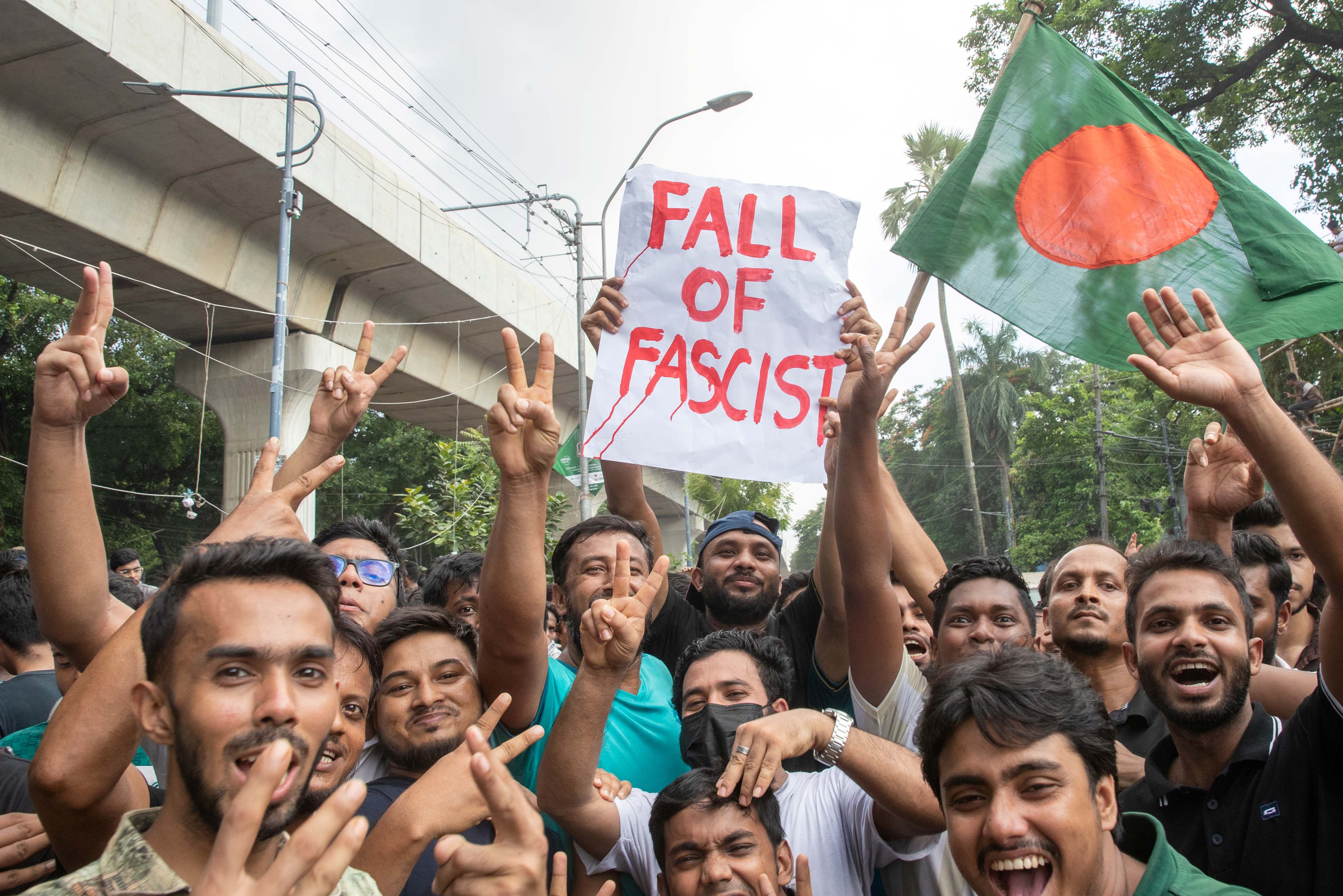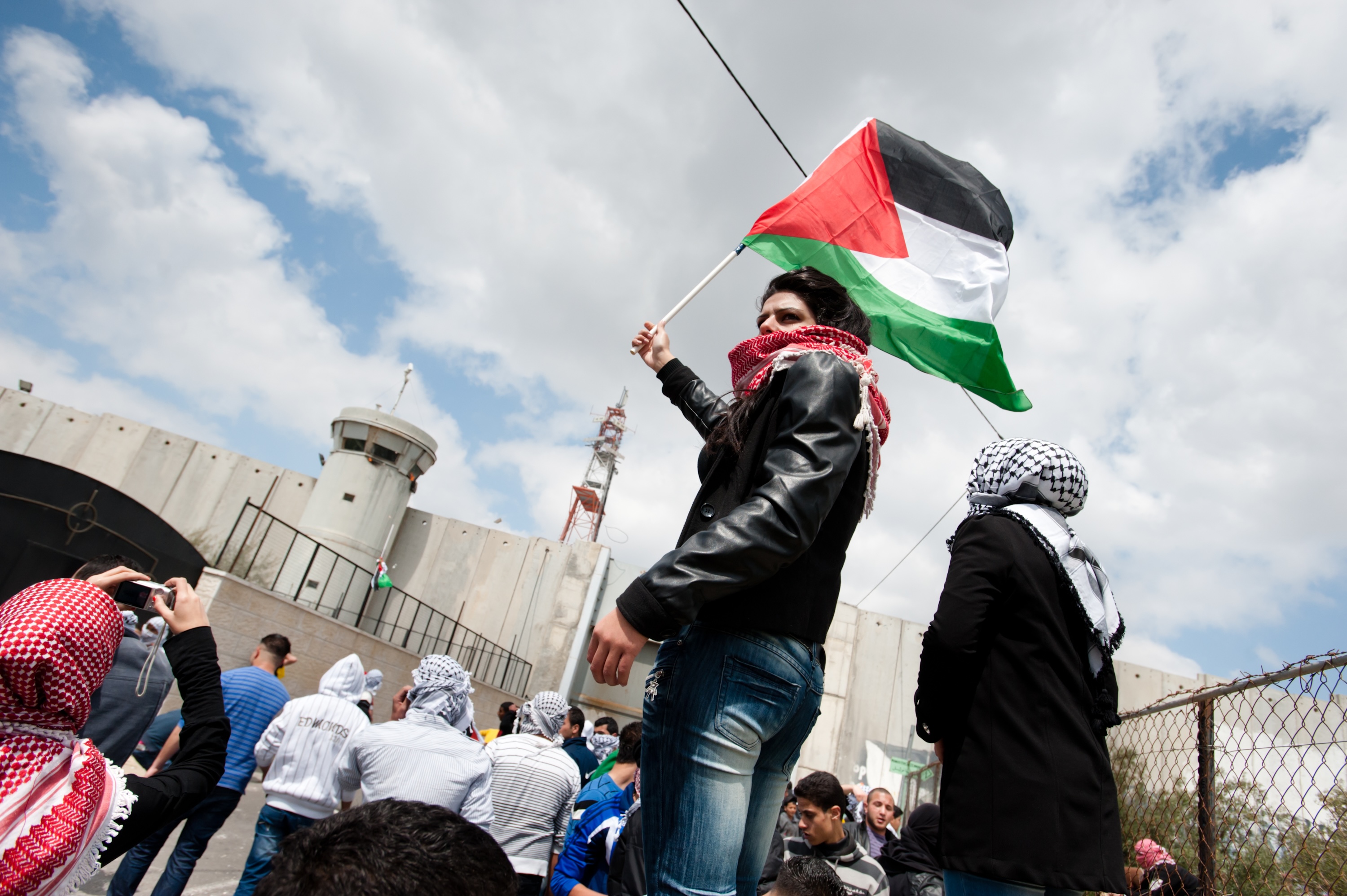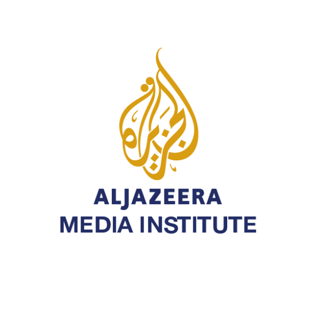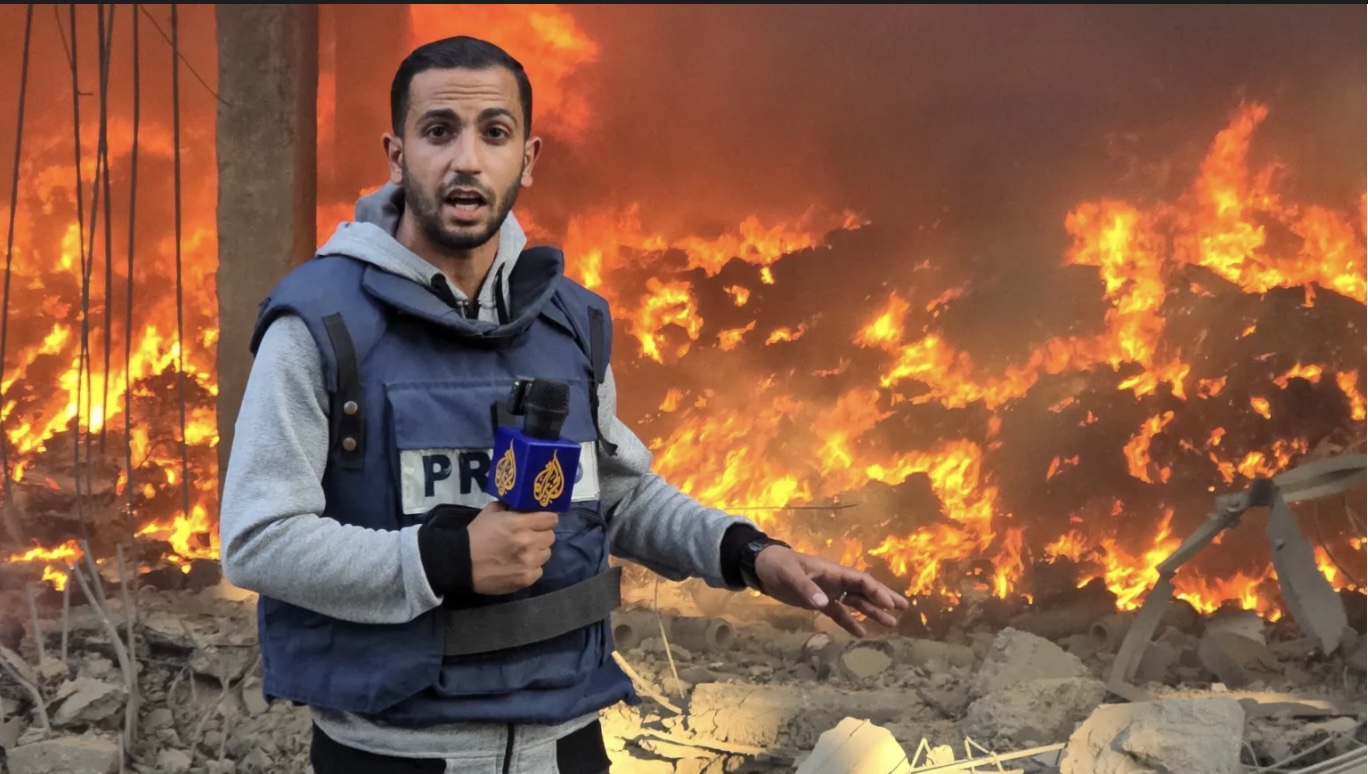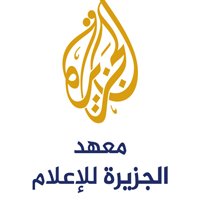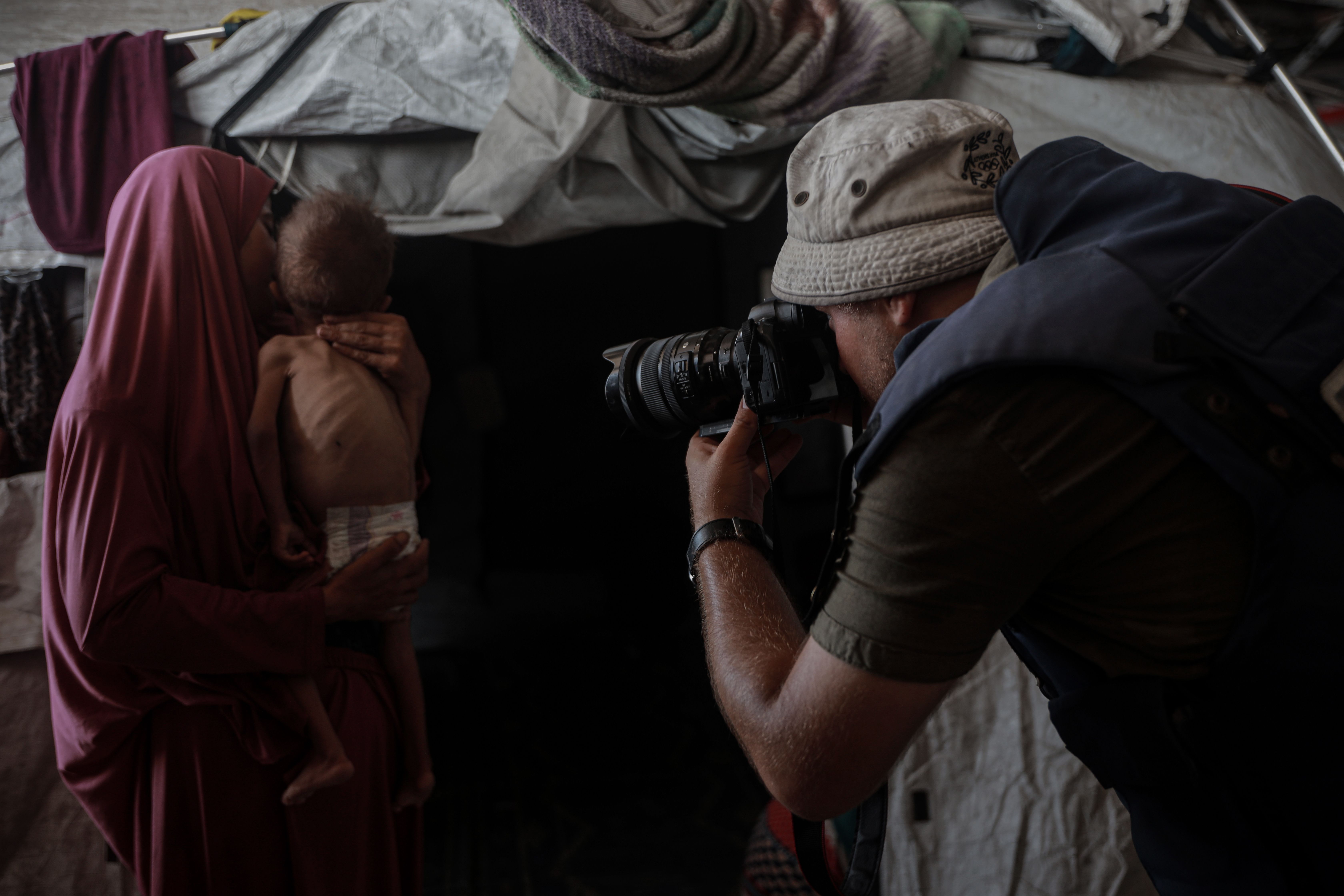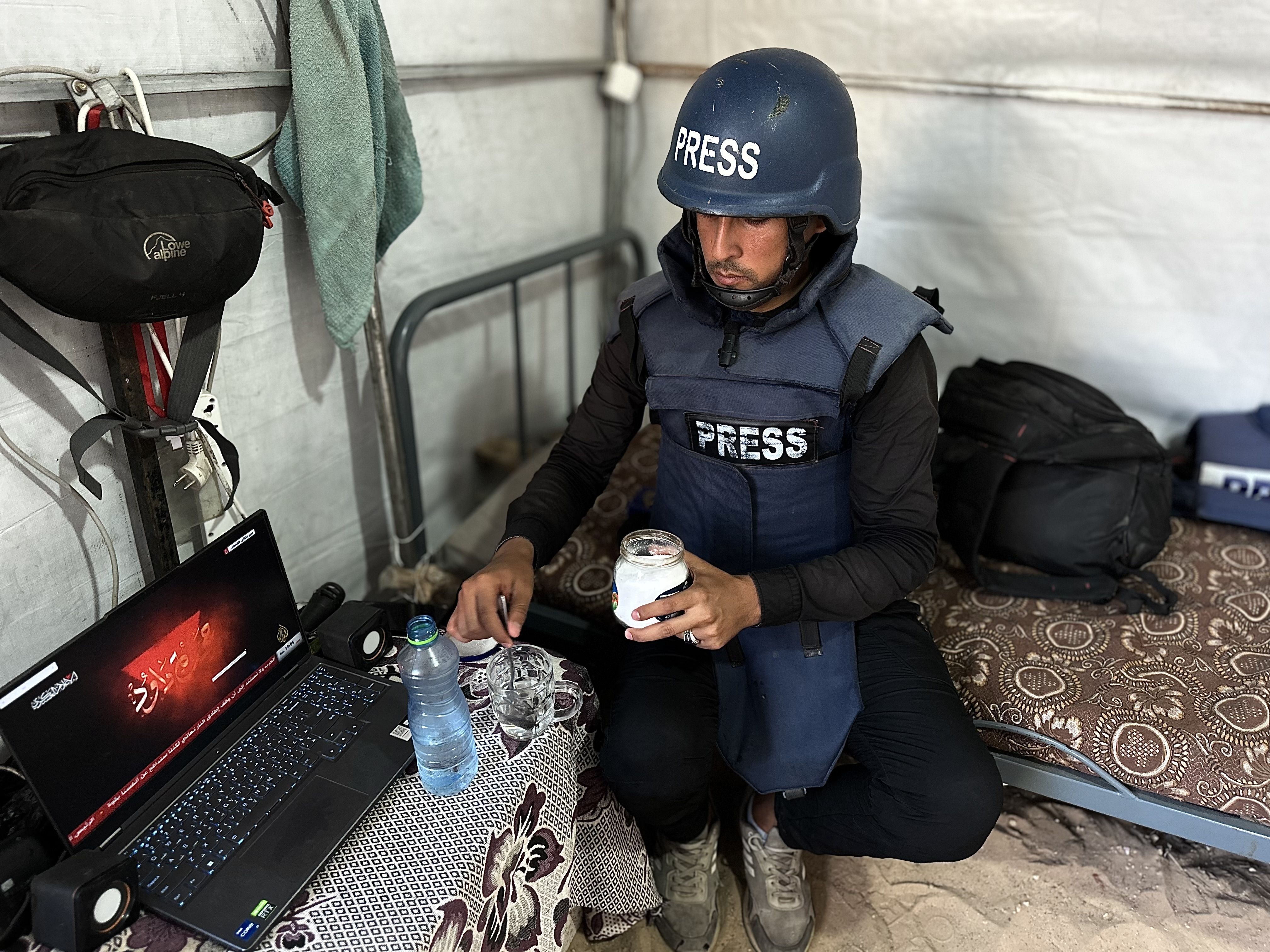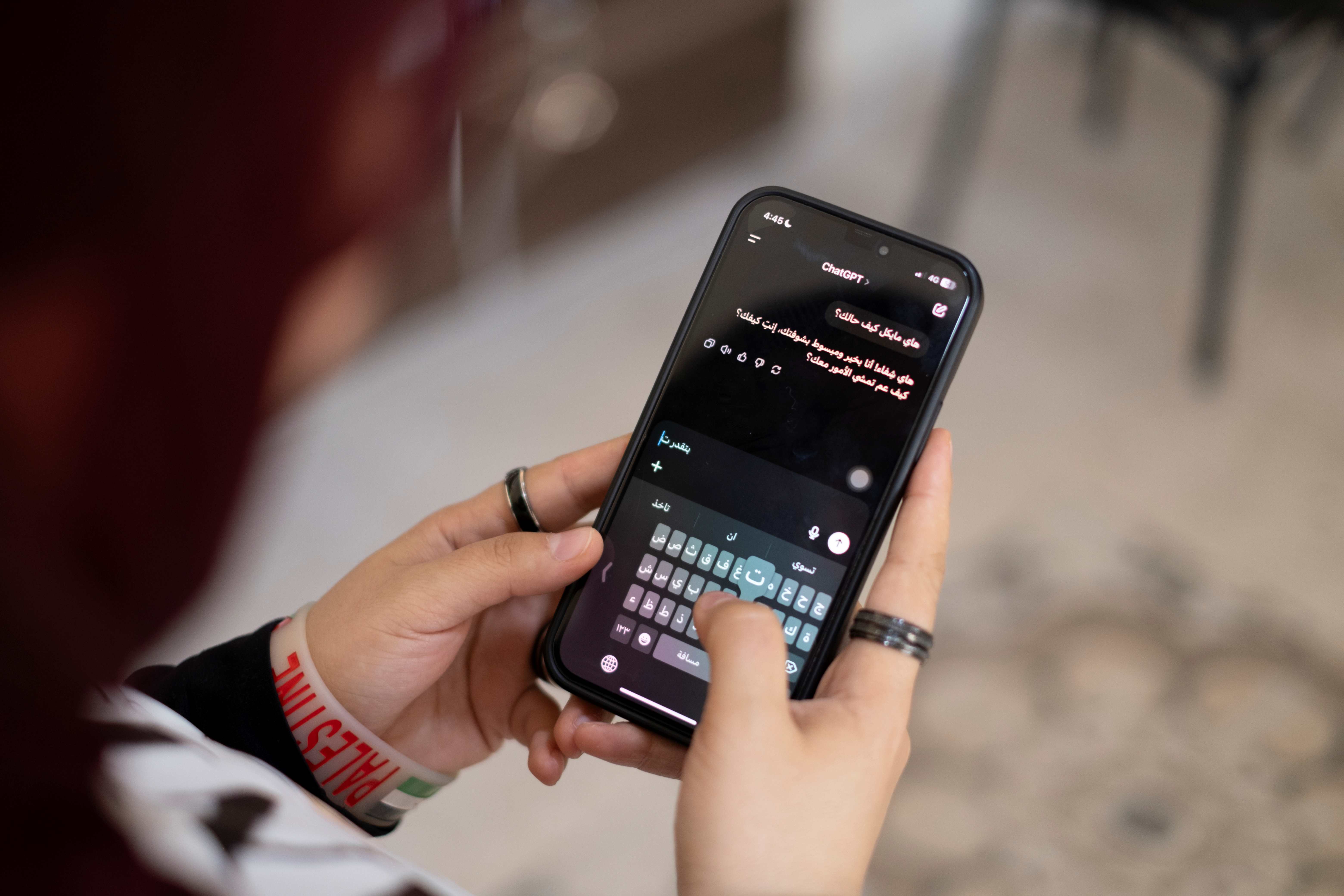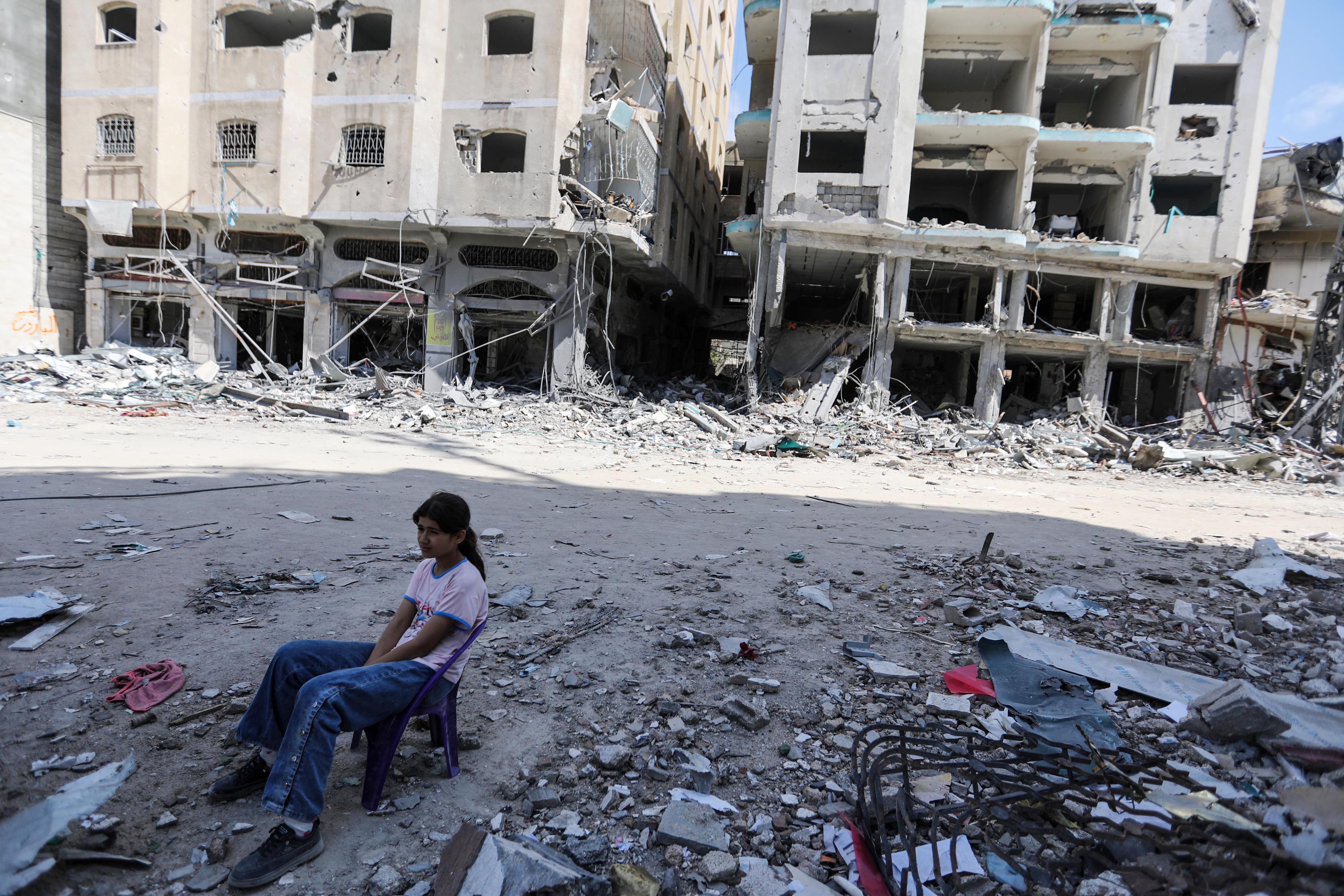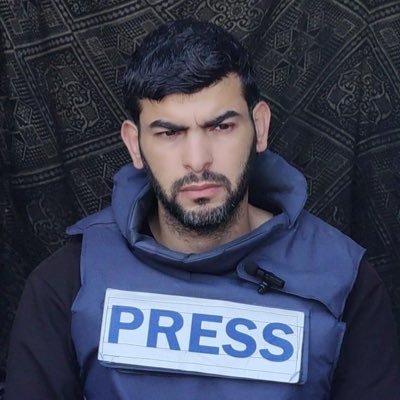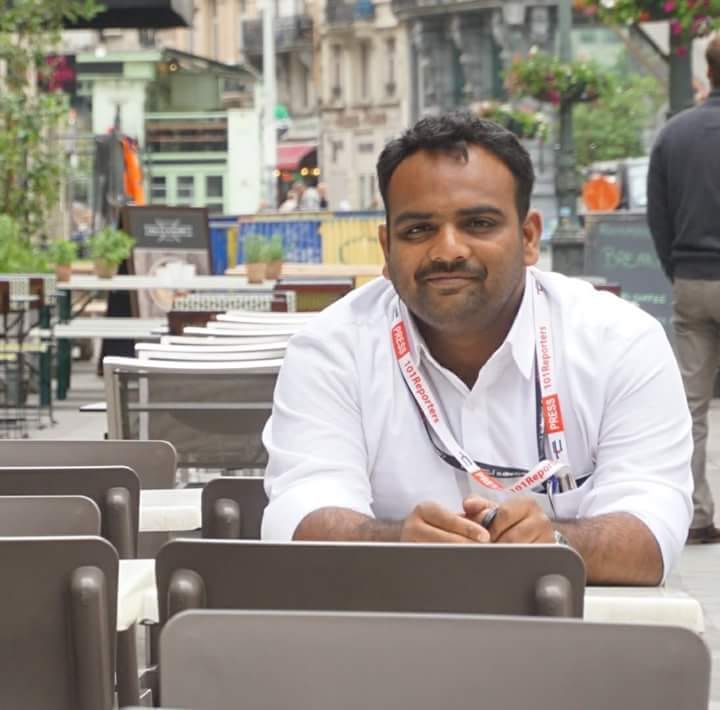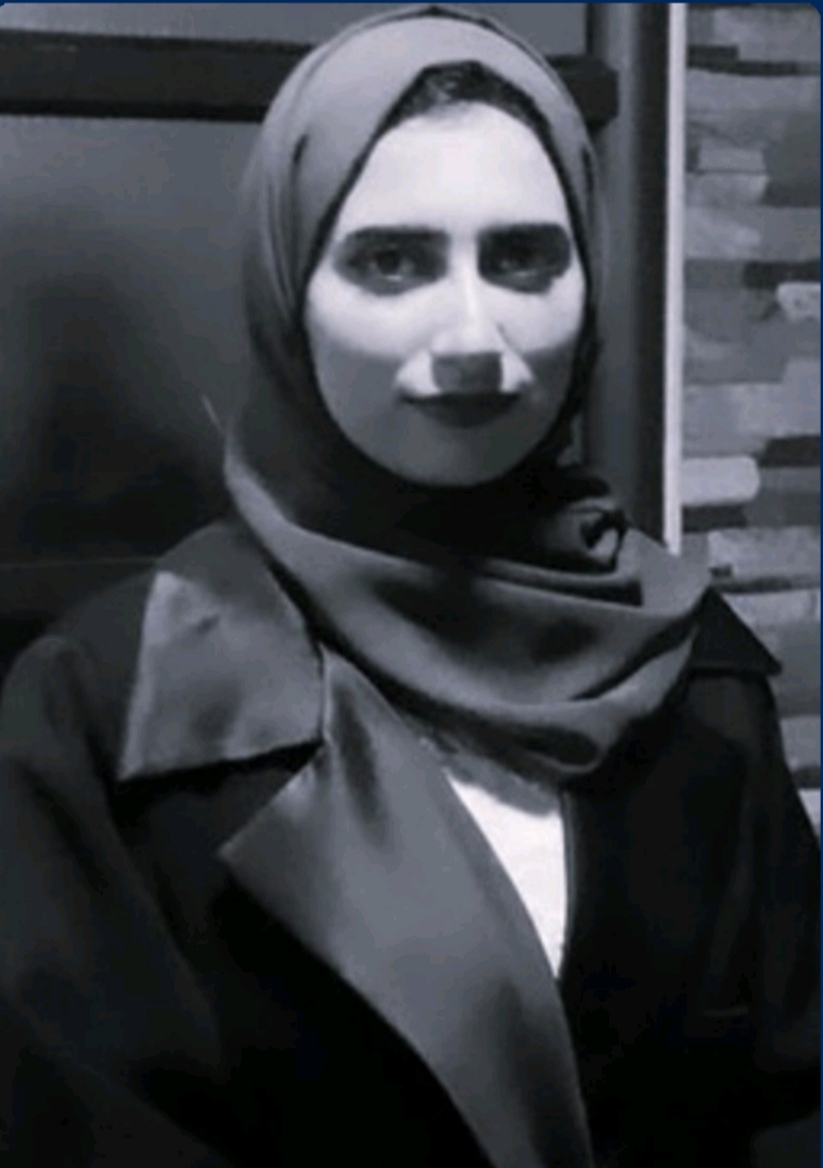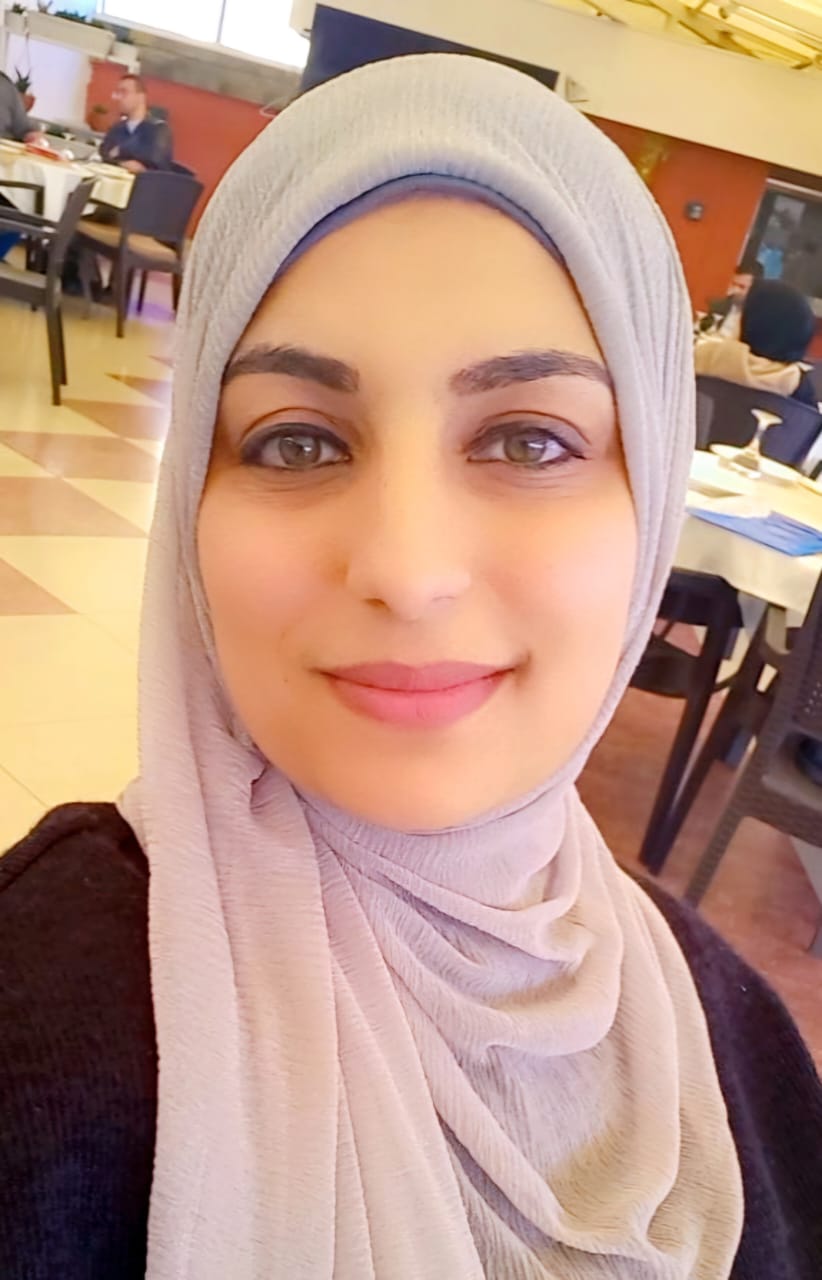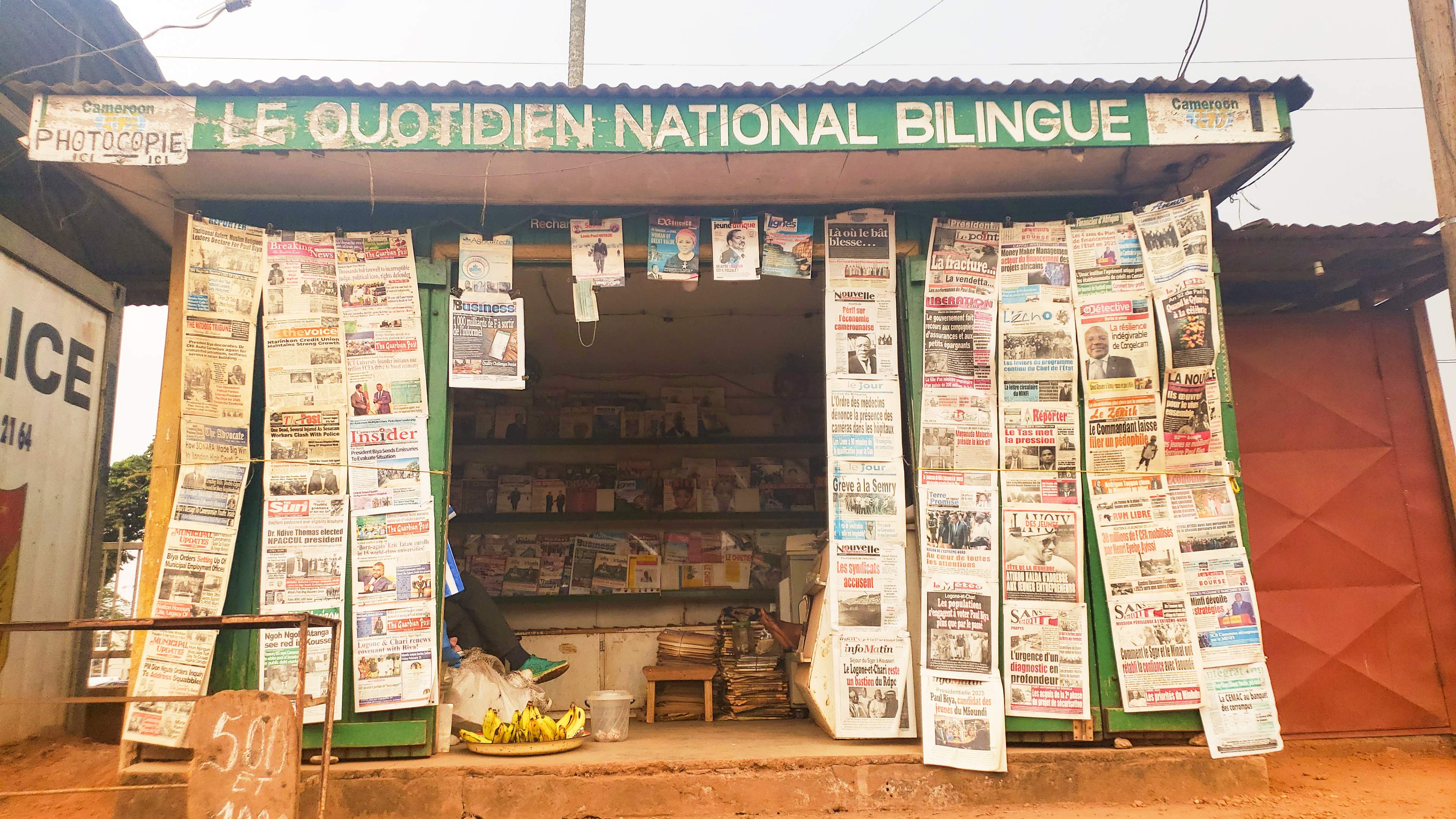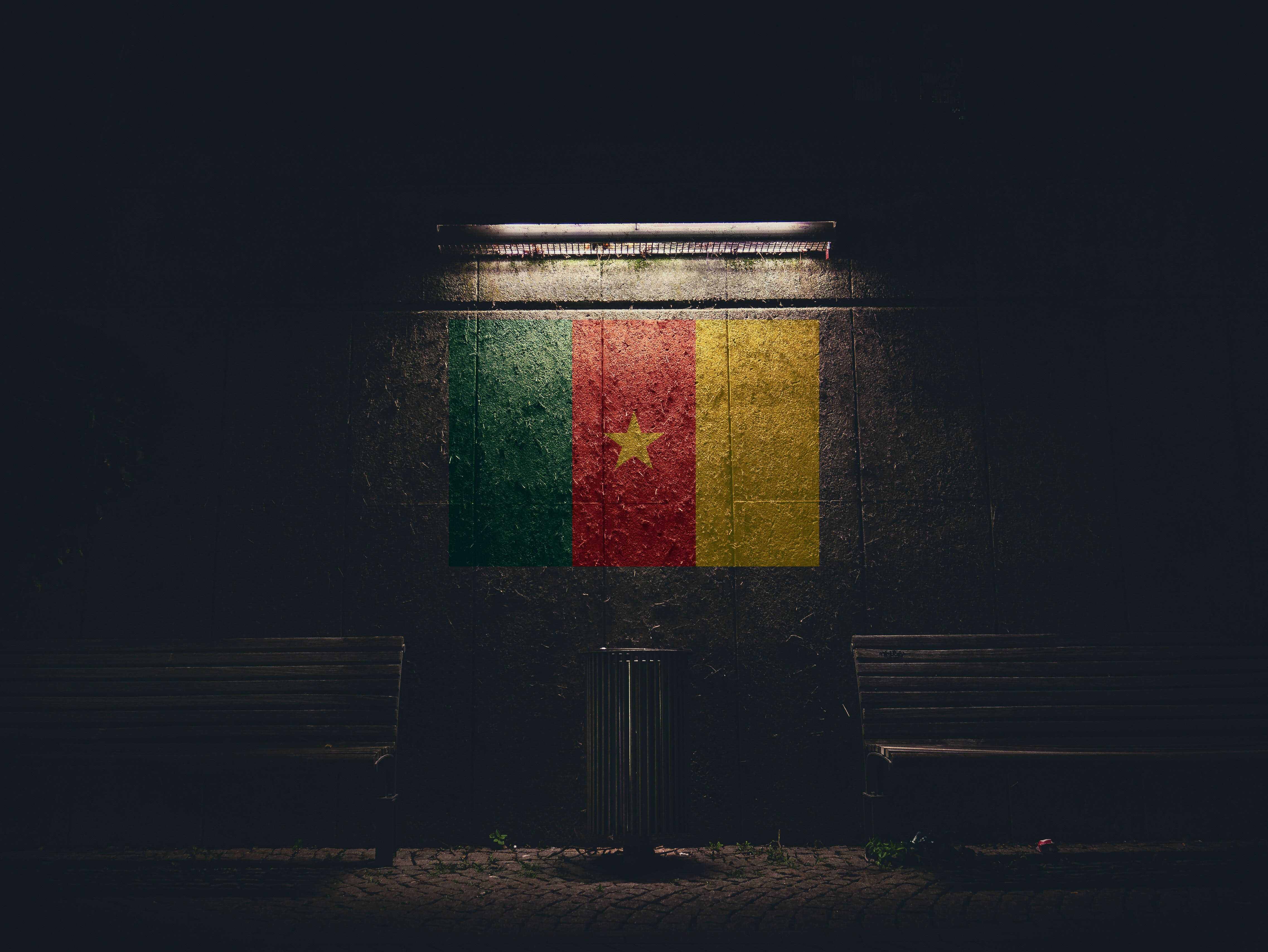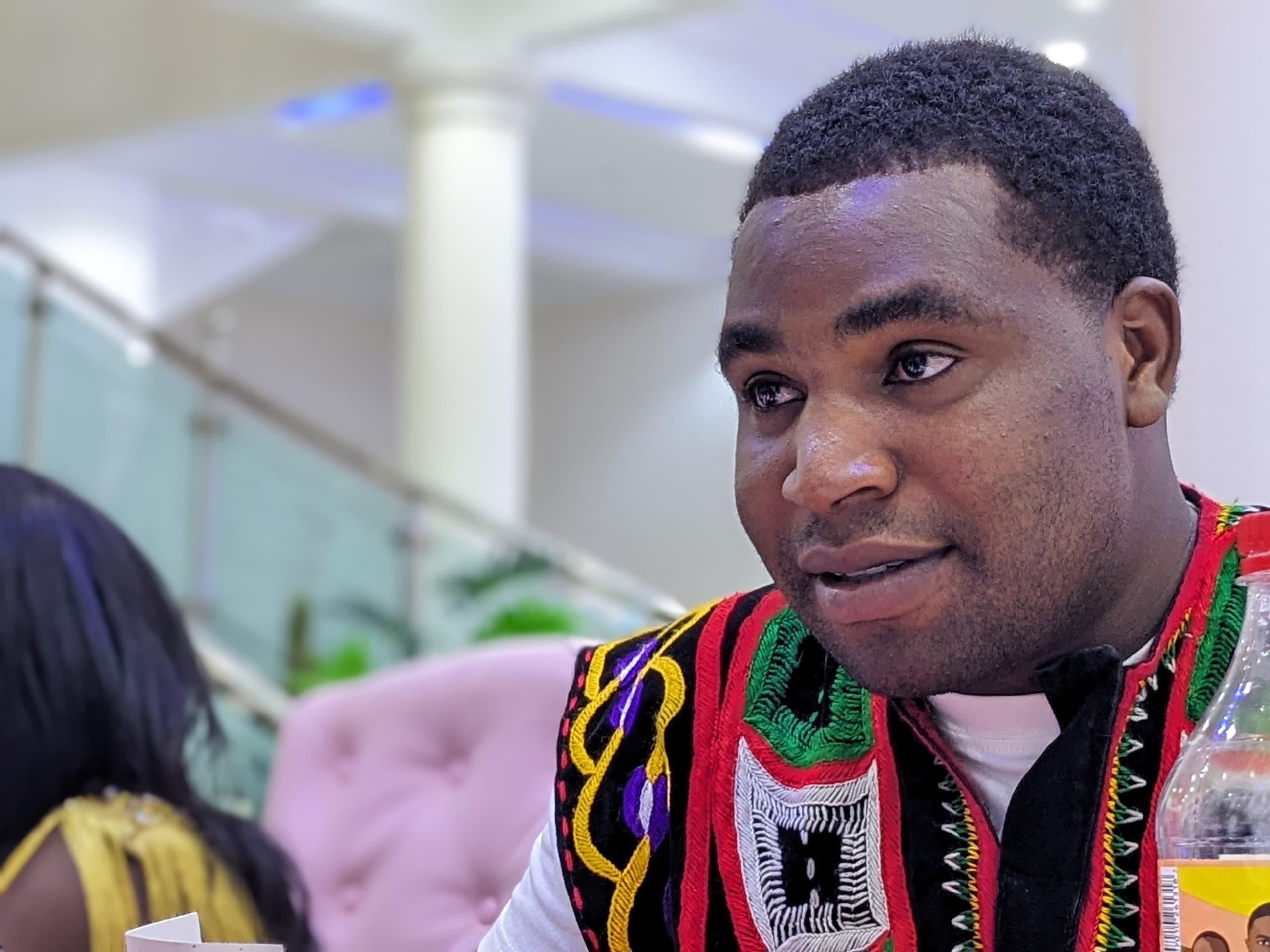في صباح باكر من يوم خميس، وصلت إلى مكتبي في مدينة نابلس قادما من مدينة جنين شمال الضفة الغربية المحتلة. وكالعادة، وجدت أحد زملائي يتفقد سترته الواقية من الرصاص وقبعته الفولاذية قبل الذهاب لتغطية اقتحام جيش الاحتلال الإسرائيلي لبعض البيوت وتخريبها في أطراف المدينة، وزميل آخر يهم بالخروج من المكتب لتغطية إنجاز طبي لمستشفى محلي.
تساءلت عمّا يمكن أن أغطي ما دام زملائي يعملون على أكمل وأسرع وجه في نقل الأحداث اليومية الآنية بكاميراتهم وأقلامهم. إن أسهل قرار بالنسبة لي هو مرافقة الزملاء في التغطية اليومية، وخاصة في ما يتعلق بالصراع الفلسطيني الإسرائيلي وتوابعه.
جالسا وراء مكتبي في مقر وكالة وفا بنابلس، أُقلب بين أصابعي أربع رصاصات مطاطية أصيب بها مصور الوكالة خلال عام من جولاته اليومية وقرر الاحتفاظ بها للذكرى. هذه الرصاصات ستعيش أكثر من أسبابها، وخلال ساعات سينسى الناس كل التقارير والصور التي ننجزها في الأحداث التي تكرر نفسها يوميا.
عندي قناعة أن وجع رصاصة مطاطية قد يطلقها عليَّ جنود الاحتلال أهون من البحث عن موضوع جديد ومختلف وتقديمه للجمهور الذي صار من الصعب لفت نظره للتقارير التي يتعب عليها الصحفيون يوميا، ويمرُّ عليها الناس مرور الكرام.
تركت الرصاصات من يدي، وحملت الكاميرا على عجل، قاصدا إحدى البنايات قيد الإنشاء في المدينة لتصوير الحمير التي شاهدتها في الصباح قبل وصولي المكتب، وهي تنقل مواد البناء من الأرض إلى طوابق عالية صعودا على الدرج، وبمجرّد رؤيتها تملّكتني الدهشة.
كان بإمكاني تأجيل الموضوع للأيام والأشهر القادمة بما أنه ليس حدثا آنيا سريعا، لكنني خشيت من خطر التعود على المشهد لو صادفتها مرتين أو ثلاثة في الأيام القادمة، وبالتالي سيصير الأمر عاديا في مخيلتي، ثم تبرد دهشتي التي أعتقد أنها أول طرف الخيط الذي يقودني كصحفي لإنجاز قصص مدهشة للجمهور.
وبالفعل وصلت إلى بناية عند الطرف الغربي لمدينة نابلس الجبلية لتصوير الحمير، وفي هذه اللحظة وصل زميل لي إلى بنايات عند الطرف الشرقي للمدينة لتصوير جيش الاحتلال واقتحامه للمكان.. هذا توزيع أفضل بألف مرة من وجودنا معا في مكان واحد وتغطية واحدة.
بمجرد أن دلفتُ من باب البناية متتبعا حمارا رمادي اللون يحمل ثلاثة أكياس من الإسمنت على ظهره، ويصعد الدرج بمهارة تفوق مهارة السائرين على قدمين، بدأت المعلومات تهطل فوق رأسي من كل زاوية، وفهمت من صوت عامل ينادي من الطابق الخامس على شنتويل، ويقول "يلا اطلع يا شنتويل".. لوهلة ظننت أنه يقصدني، وكدت أرد "هيني طالع"، وعندما وصلته عرفت أن الحمار الرمادي صاحب الظهر الطويل الذي يتقافز أمامي على الدرج، اسمه شنتويل، نظرت إلى شنتويل وانفجرت ضاحكا دون أن يفوتني شعور بلذة الوقوف أمام قصة قد يكون لها صدى عند الجمهور.
كان الأمر صعبا نوعا ما، لأنني أنا المصور والمراسل في الوقت ذاته، أخذت في البداية كل اللقطات التي أحتاجها في المونتاج، صعدت الدرج إلى الطابق الخامس ونزلته بالكاميرا أكثر من خمس مرات، وأنا ألاحق الحمير لتصوير حوافرها وملامحها وفنها في التعامل مع بعضها على الدرج، كانت تسير بنظام مدهش، درَّبها عليه صاحبها، ترى الحمار في الخلف يترك مسافة بينه وبين زميله ويتوقف عند اللزوم، وإذا التقى حماران في اتجاه معاكس، يفتح الحمار الأقرب إلى بسطة الدرج الطريق لزميله.
كلما قلت اكتفيت من التصوير أعود وأصوب الكاميرا لحركات مميزة تقوم بها الحمير بعفوية، كاللعب والوقوف عند الشبابيك، وفي المقابلة التي أجريتها مع صاحب الحمير التي تحمل أسماء مختلفة كالشنتويل والذكي وأبو سمرة، كنت مضطرا للتركيز في شاشة الكاميرا التي أعطيتها يدي اليسرى لتثبيتها، وحملت المايكروفون باليمنى، لتوجيه الأسئلة في آن واحد لشخص عبقري أمضى 46 عاما في تدريب الحمير على الصعود للأعلى باستخدام الدرج.
أنهيت التصوير، وارتجلت في طرح الأسئلة على صاحب الحمير، أسئلة عادية بسيطة تخطر على بال الناس العاديين. ثم أغلقت الكاميرا دون تسجيل النهاية بصوتي وصورتي من المكان. وقبل أن أغادر، تفقدت الحمير التي تجمعت في الطابق الأرضي خلال استراحة العمال لشرب الشاي، ولم يكن الشنتويل بينهم. ولأنني قررت أن يكون (الشنتويل) بطل القصة لأسباب كثيرة من بينها اسمه واللقطات الكثيرة التي أخذتها له، شغَّلت الكاميرا من جديد وبحثت عنه. وجدته في الطابق الخامس يقف عند الشباك متأملا، وتصرفت بسرعة في تثبيت الكاميرا وتبديل موقعي من خلفها إلى أمامها كي أظهر في لقطة واحدة مع الشنتويل، أردتها لقطة النهاية، لكنني ظهرت بصمت بدون تعليق صوتي، كل ما فعلته هو رد فعل طبيعي على سؤال خطر في بالي وهو "ترى بماذا يفكر الآن" ونظرت إلى المدينة من زاوية نظره ليكون للسؤال طعم عندما أطرحه في نص التعليق الصوتي الذي لم أغادر المكان إلا وكانت محاوره ليست فقط واضحة عندي، بل ومشوقة وربما مضحكة.. ما المشكلة لو قدمنا معلومات للناس وهي تضحك؟
انتهى يوم الخميس، عدت إلى البيت ومعي الشنتويل والذكي وأبو سمرة.. أقول معي وأقصد أنني أفكر بهم، فنهاية الدوام في المكتب لا تعني نهاية التفكير بالقصص التي نعمل عليها. كان أمامي يومان في عطلة نهاية الأسبوع لكنني لم أكتب أي حرف في هذين اليومين ولم أتوقف عن التفكير بالحمير والبحث عنها عبر الإنترنت، واكتشفت أن المعلومات حولها شحيحة جدا، قرأت عن الحمار في التاريخ وفي الأديان وفي الشعر العربي.
كتبت القصة صباح الأحد، وقمت بعمل المونتاج اللازم لها، وما أن نُشرت على موقع وكالتي، حتى بدأت الضجة في الشارع، الكثير من الناس أعجبتهم القصة، والكثير أيضا هاجموني واعتبروا أن التقرير إهانة لمدينة نابلس وأهلها، بل ووصفني آخرون بـ"حمار" يهتم بالحمير ويترك قصص الصراع مع الاحتلال والفقر والإعاقة وغيرها من المشاكل الكثيرة للشعب الفلسطيني.
إلا أن ما عزز قناعتي بأن بسلامة الطريق الذي أسلكه في البحث عن قصص تعيش لفترات طويلة بدل الأخبار والتقارير الآنية -التي مهما كانت وسائل الإعلام سريعة، لن تسبق مواقع التواصل الاجتماعي في نقلها للناس- هو انتشار القصة بشكل واسع على مستوى الوطن العربي.
كما أنني تعلمت درسا لن أنساه من الحمير.. التحمل والاستمرار في عمل أشياء مختلفة عن البقية، والنظر أيضا إلى الأشياء من زوايا جديدة، تماما كما فعل الشنتويل عندما نظر من شباك الطابق الخامس وكان مدهشا بحق
لمشاهدة التقرير، انقر على الرابط



